Williamsburg Handmade Oil Colors is excited to introduce seven new colors to its line-up: three warm, highly saturated hues, three transparent earth colors and a light color tint. Bismuth Vanadate Yellow, Pyrrole Orange, Pyrrole Red, Nickel Azo Yellow, Transparent Yellow Iron Oxide, Transparent Red Iron Oxide and Titan Buff all have ASTM lightfastness ratings of 1, which is considered Excellent. With the exception of Titan Buff which is a blended color, the other six are all single pigment, synthetic, modern colors that have been offered in our QoR® Watercolor and GOLDEN Acrylic lines for many years. Bismuth Vanadate Yellow, Pyrrole Red and Pyrrole Orange are all dense, opaque colors that offer an alternative to Cadmiums, as well as being more durable than our Permanent Yellows and Fanchon Red. The Transparent Yellow and Red Iron Oxides are made from the same pigments we use to produce Stil De Grain and Brown Pink respectively but are milled to a very fine, smooth consistency. These tightly milled versions have been available as special edition colors since 2015, but due to increased demand, are now available as standard colors. Nickel Azo Yellow offers a unique color quality with a dramatic shift between earthy brown masstone to luminous yellow undertone and tints. Lastly, Titan Buff replaces Zinc Buff as a slightly pinkish cream color, convenient for warm tints and bright neutrals.

Bismuth Vanadate
Bismuth Vanadate (PY 184)
came into use as a pigment in the mid-1980’s. This synthetic, inorganic color is a bright, cool to middle temperature yellow. It occupies a color space between Cadmium Lemon / Cadmium Yellow Light and Permanent Lemon / Permanent Yellow Light. The opacity and density of this color is closer to Cadmiums, making even our Permanent Yellows feel very translucent in comparison. This is a knockout color that will truly expand one’s gamut when making greens. Additions of the smallest amounts of Phthalo Blue will create sprightly spring-time greens while Ultramarine Blue will yield more muted earth greens. Bismuth Vanadate is a wonderful addition to the palette for keying up colors in need of warmth and density. (Series 7)
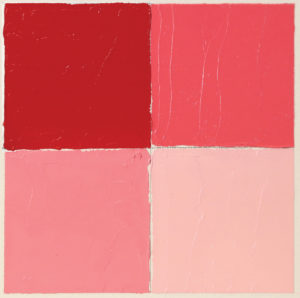
Pyrrole Red
Diketopyrrole-pyrrole (PR 254).
Pyrroles are synthetic organic pigments and like Bismuth Vanadate, were introduced in the 1980’s. They are highly resistant to fading and have proven their salt in the automobile industry. In our line, Pyrrole Red finds its color space between Fanchon Red, Cadmium Red Medium and Cadmium Red Deep. As mentioned, it is a dense, opaque paint that feels very much like the Cadmium Reds with similar tinting strength, but mixes to a cleaner pink. This could be an important alternative to anyone wanting to avoid cadmiums because of concerns with heavy metals. Compared to Fanchon, Pyrrole Red is more opaque and lightfast, a bit darker in masstone and tints to a cooler pink. Overall it is a deep middle red that becomes warmer when made into a wash and cooler when tinted with Titanium White. (Series 4)
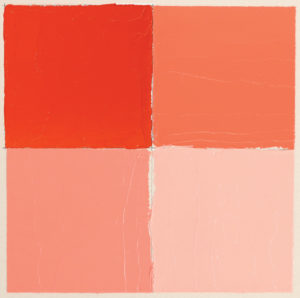
Pyrrole Orange
Diketopyrrole-pyrrole (PO 73)
belongs to the same chemical family as Pyrrole Red and has a very similar feel and working qualities. It is more lightfast than our current Permanent Orange, more vivid and a touch more opaque. Like its red cousin, Pyrrole Orange provides a non-Cadmium alternative to Cadmium Orange or Cadmium Red Light. (Series 7)
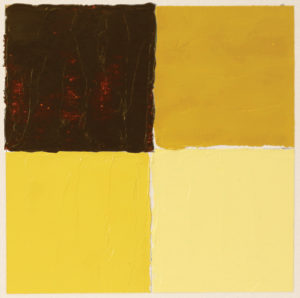
Nickel Azo Yellow
Nickel Complex Azomethine (PY 150) is a chemical cousin to Williamsburg’s Green Gold, which is a Copper Complex of Azomethine. Like Green Gold, Nickel Azo Yellow has a similarly dynamic color quality. A difficult color to pin down, its almost angle-dependent masstone seems to shift from slight greenish brown to a nut-like orangish-tan. This color is strikingly different in masstone from the undertone and tint. When scraped thin it is an absolutely stunning brilliant yellow which can be scumbled onto the surface without the additions of medium, as a chromatic golden veil or used in glazes to saturate and warm up an underpainting. When added to white it turns to a unique mustard yellow, similar to the colonial yellows used on houses and primitive furnishings. Cooler than any other transparent yellow, including Cobalt Yellow and Transparent Yellow Iron Oxide. (Series 6)
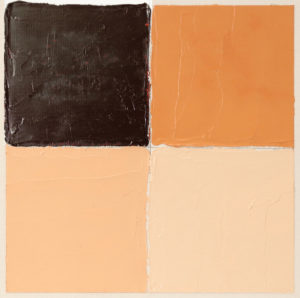
Transparent Red Iron Oxide
Synthetic Iron Oxide (PR 101). Transparent Red Iron Oxide is the smooth version of our Brown Pink. In masstone it is reminiscent of dark chocolate or layers of aged varnish. This color contains a fiery glow throughout. The undertone is deep like oxblood or rust – a luminous red revealed when scraped or used in glazes. Tinting with white yields a variety of oranges and pinks. Mixes beautifully with Ultramarine Blue to make everything from neutral grays to flesh tones. Central to landscape and portrait painters. This color is brighter and cleaner than natural iron oxides. (Series 4)
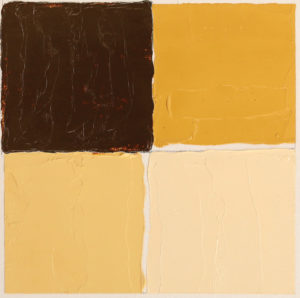
Transparent Yellow Iron Oxide
Synthetic Hydrated Iron Oxide
(PY 42) is the very fine, smooth version of our Stil De Grain. This color space is a cornerstone for painters doing landscape and portraiture since it provides a stronger, cleaner tint than equivalent hues such as Raw Sienna or some Yellow Ochres. The masstone of Transparent Yellow Iron Oxide is the color of a French style, brown leather club chair – a luminous brown with a hint of orange in the undertone. It is the glowing transparency of this color that differentiates this iron oxide from the more muted and opaque synthetic Mars or natural earths. Scraped thin, the undertone is like a stained glass version of Raw Sienna and when tinted with Titanium White, it brightens through warm caramels into pinkish creams. (Series 4)
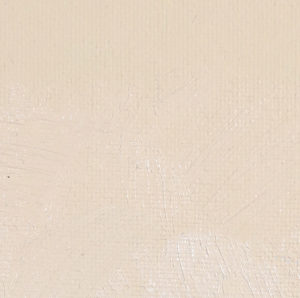
Titan Buff:
Titanium Dioxide, Synthetic Hydrated Iron Oxide, Synthetic Iron Oxide (PW 6, PY 42, PR 101). With the removal of zinc oxide from all the Williamsburg blends, this color has been reformulated and renamed. Previously called Zinc Buff, this very pale, pinkish cream color is now made with Titanium White as the only white in the mixture. It still has the bright warmth of its predecessor and is a go to color for tinting without the cool, chalkiness of straight Titanium. It is perfect to use on its own, or for mixing light mass and highlights as they appear in warm light. (Series 1)
With ever changing availability and new developments in pigment manufacture and conservation, Williamsburg seeks to use every opportunity to improve our line and offer a full range of colors that are lightfast and stable, as well as useful. It is our hope that these new additions will provide entry into some hard to mix color spaces and greater opportunity for transparent and opaque application. We hope you enjoy these new colors! We look forward to hearing your feedback.
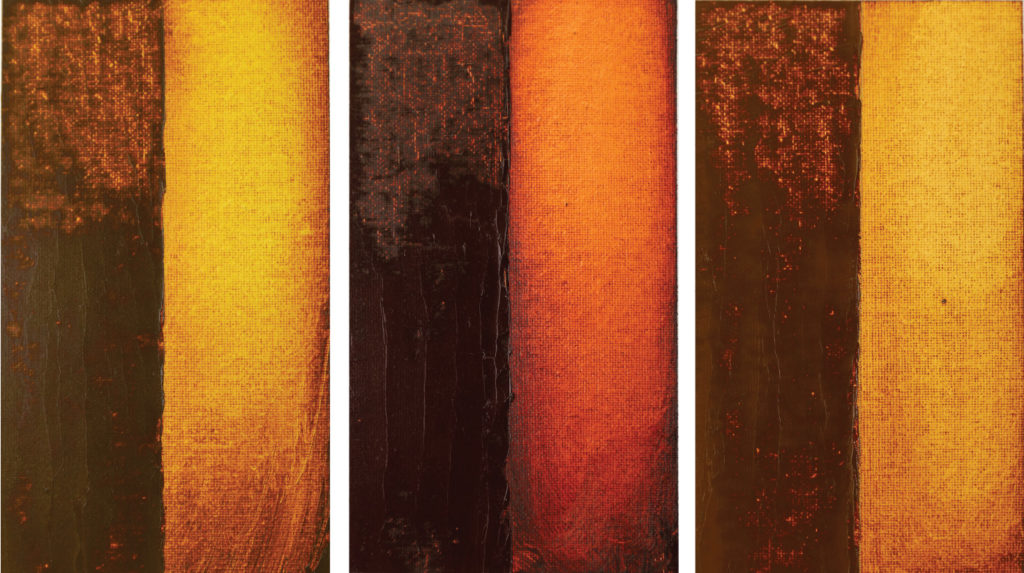
About Greg Watson
View all posts by Greg Watson -->Subscribe
Subscribe to the newsletter today!
